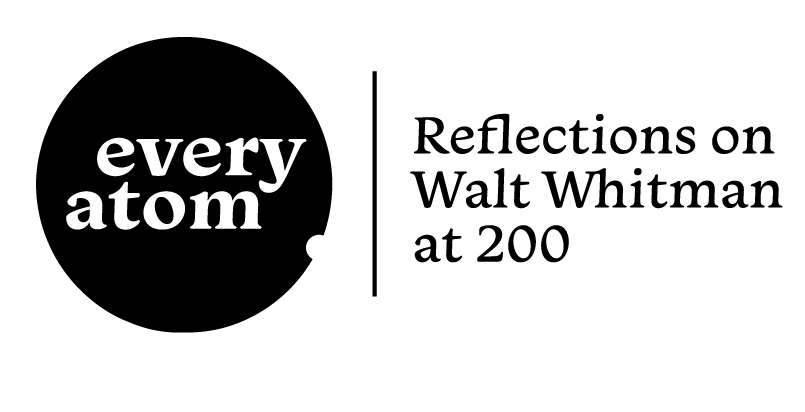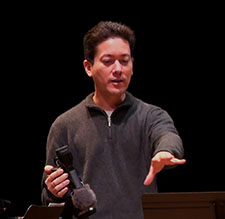Every Atom | No. 151
Introduction to Every Atom by project curator Brian Clements
Walt Whitman must have embraced a certain modern inevitability: that his beloved Poets to Come would translate their visions into new media, whatever it takes, and whenever. In his own era, Whitman hacked publishing technology and industry, without waiting. But in “Song of Myself,” he declares himself “untranslatable.” And if “Song of Myself” is really the song of everybody, we too are untranslatable.
Whitman witnessed photography transforming the ways people could consume ideas, and there too, he hacked it, becoming the most-photographed writer of his century. Upon his portraits, he famously reflected, “I meet new Walt Whitmans every day” and “I don’t know which Walt Whitman I am.”
During his lifetime, he must have spun at least one zoetrope too. What did he think of Poets to Come, after peeking into such a prophetic carousel of moving pictures? We know that he was a frequent patron of opera and theatre, too. He must have known what could happen.
Within the same year when Whitman died, Thomas Edison finished his kinetoscope that could spool photos into motion, finally for more than just one spin. Suddenly, motion pictures could last as long as a poem—even Whitman’s longest. Only a couple of years prior, Edison had arranged for a recording of Whitman’s own voice, that you can hear in my poetry film “America” among many other ways. These new technologies began to document things. But they did not really translate the essence of whatever, and whomever, they reproduced—as Whitman proscribed.
So, Whitman’s death was year zero of this new medium that today dominates, for better and worse, our cultural priorities. It’s a weapon that translates things wrong, but also, a tool that artists use in good faith to translate the untranslatable. For Walt Whitman’s bicentennial year, it felt right to do a round-up: going forth to show every citation to the poet found in film and television (now the same thing), from its invention, to the present—from Manhatta and Intolerance, to Breaking Bad and Dead Poet’s Society, combined into a recently matured documentary fair use genre called “video essay.”
What might interest you most, is to ask what these filmmakers wanted out of Whitman, and when. In the broadest sense, the arc shifted: mysticism of unknown shores, then national reflection, then Tweeted self-realization. Namely, American cultural history? With all these exploits assembled into one place, you’re in the best position to draw conclusions, or leave them be, or a little of both. But here in parting, I can’t neglect that second line, that “barbarous yawp,” cited especially in Dead Poets Society (when you click the image below, you’ll play just that section of my half-hour video essay, besides the interactive home for the whole project at whitmanonfilm.com). More than every other case put together, that Peter Weir/Tom Schulman film has probably been the world’s biggest entry point to Walt Whitman since its late ’80s creation: those end times of celebrated affluence, when a barbarous yawp was the only thing left for rich kids at a boarding school to maybe break free. In this scene, you can preserve your misgivings (like mine) about the film’s authenticity and relevance, yet still be moved by its depiction of dam-bursting creative epiphany. A portrait of “Uncle Walt” oversees the classroom scene, and I expect that under his lasting watch, Whitman on Film has got a long future ahead. For now, we’re current up to his bicentennial.
Recommended
Nor’easter
Post-Op Appointment With My Father
Cedar Valley Youth Poet Laureate | Fall 2024 Workshop







